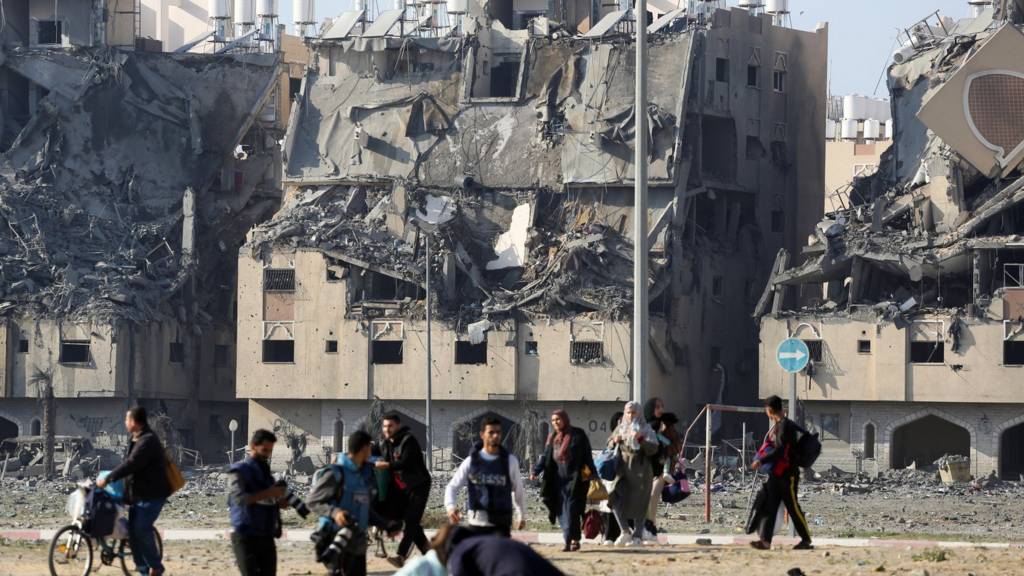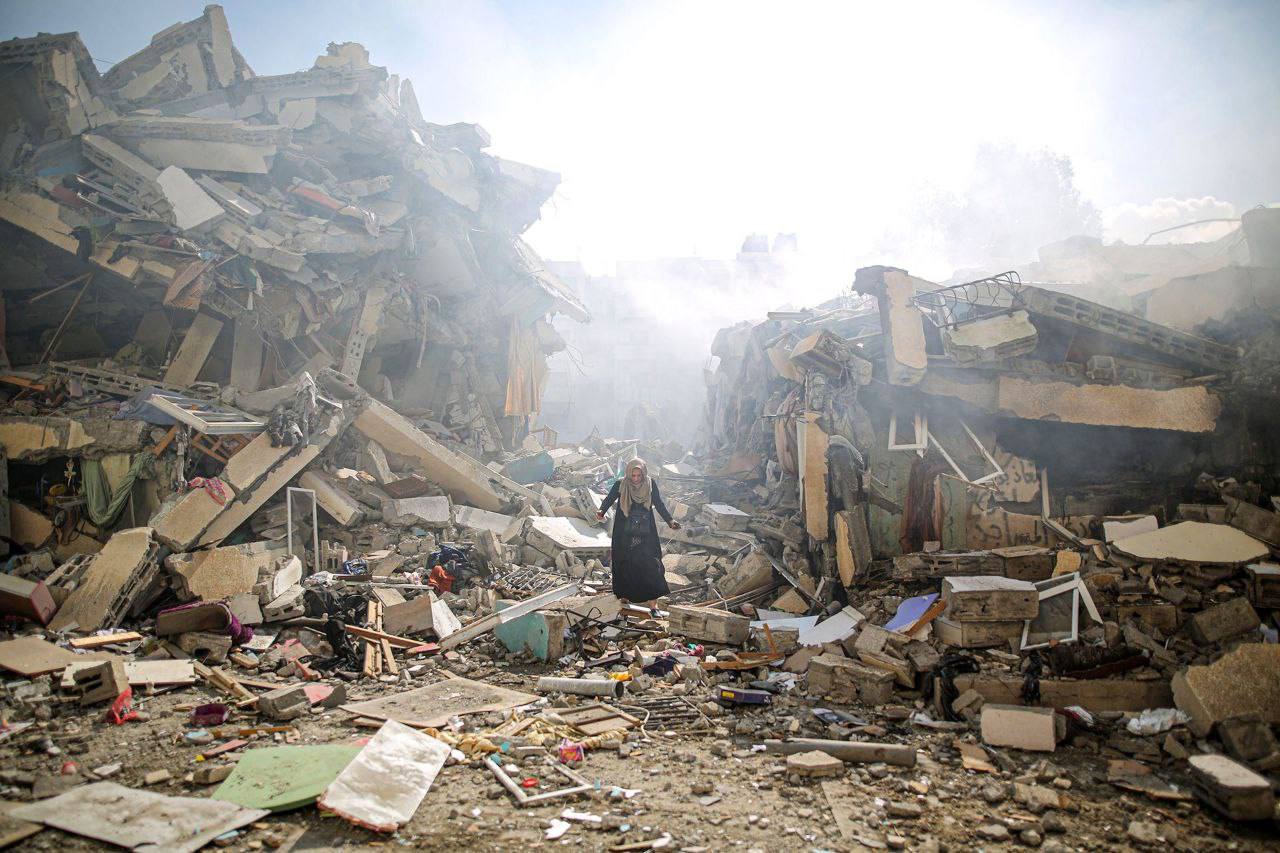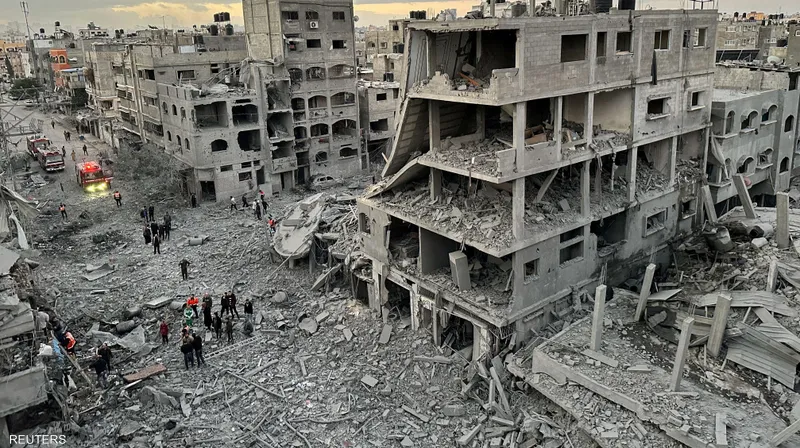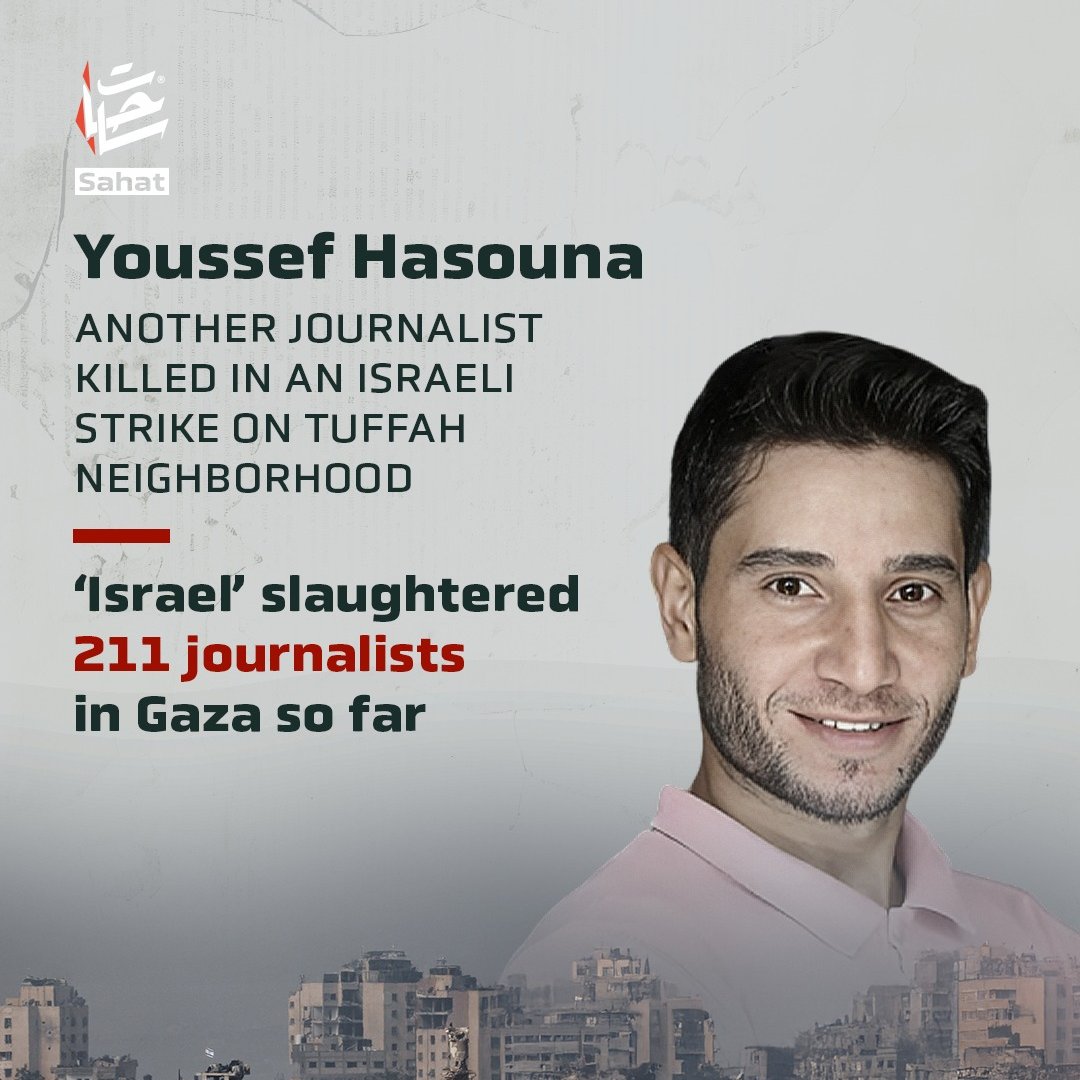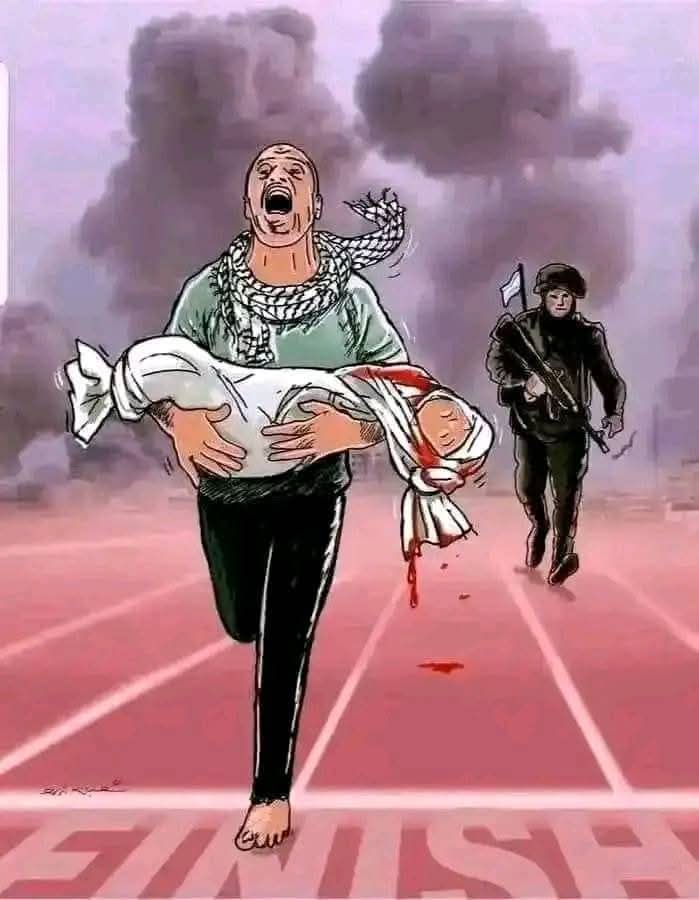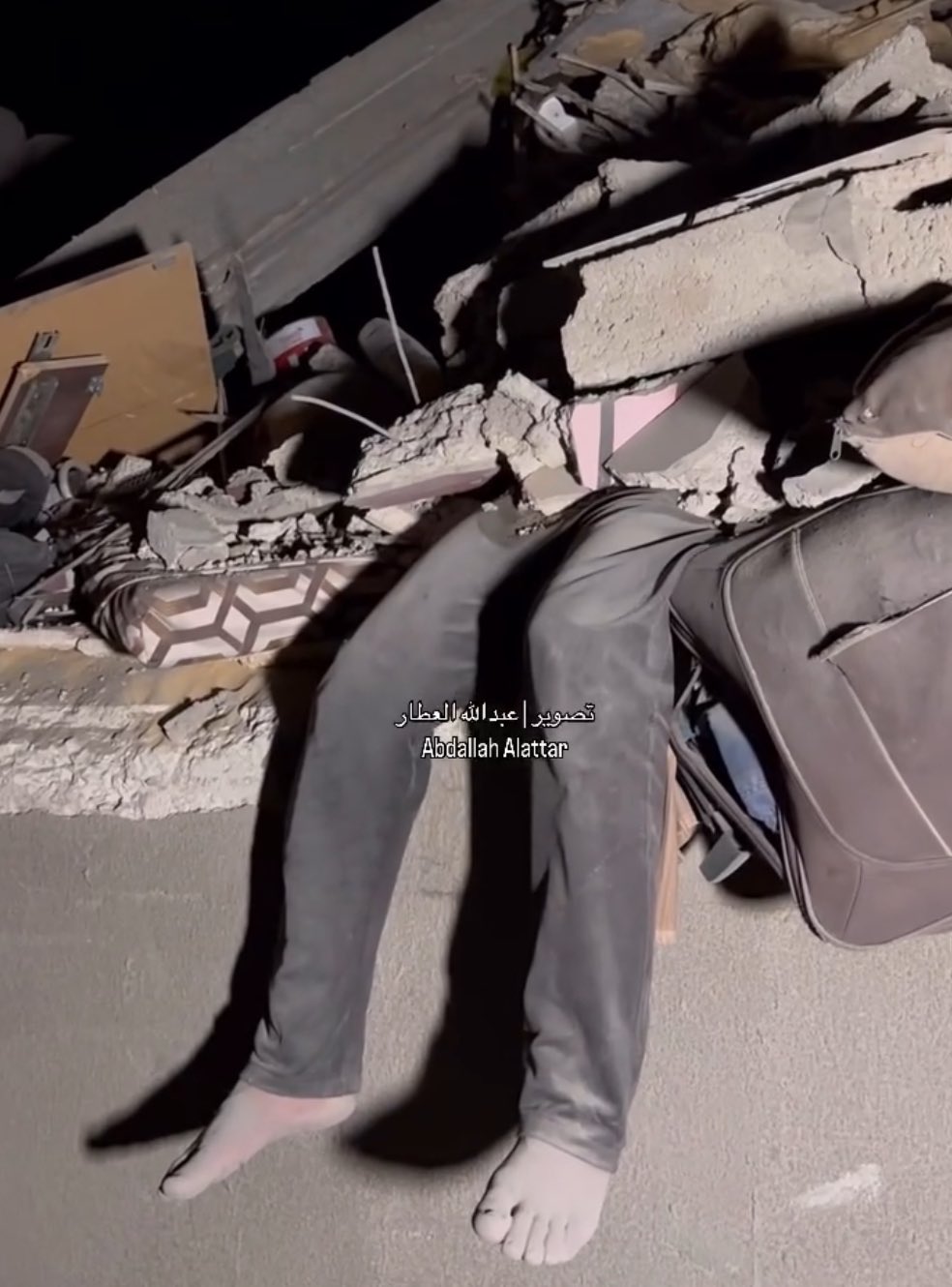Through Its Prisoner Handover, Hamas Shows Strength – Expert
Military and strategic expert Nidal Abu Zeid said the scenes of the handing over of the three Israeli prisoners, Saturday, were more disciplined and organized and carried many messages that the Palestinian resistance wanted to send to the Israeli occupation as part of the superiority it achieved in the battle of image and media.
Abu Zeid added to Jordan 24 the handover took place in two locations in the north and center of the Gaza Strip, which indicates the continuing strength of leadership and control of the resistance even after Hamas announced the martyrdom of seven of the first-rank leaders of the Qassam Brigades.
He pointed out this indicated that the Palestinian resistance also succeeded in overcoming the crisis of its organizational structure as well as in replacing its leaders who were killed in Israel.
Abu Zeid pointed out the black jeep that appeared during the handover of the two prisoners in Khan Yunis is one of the occupation army vehicles the resistance seized during its military operations there. This is in addition to the scenes of weapons carried by the resistance fighters during the handover, such as the Uzi and Scorpion, which are weapons of the elite units of the Israeli occupation forces.
He explained the place of handover in Khan Younis and the background pictures of leaders Mohammed Deif, the Hamas military chief and Rafeh Salama on the platform, shows the symbolism of the city, as the birthplace of Deif and leader Salama who led the Khan Younis Brigade, and both were martyred in an operation by the Israeli occupation in Al-Mawasi, west of Khan Younis.
This is in addition to the symbolism of handing over one of the prisoners who holds American citizenship in the Gaza port near the area where the American side tried to establish the sea pier but miserably failed and ended in losing millions of dollars.
Abu Zeid pointed out the resistance is still superior in the battle of the image and the media it broadcasts through scenes of handing over prisoners within messages related to the capabilities of the resistance and decoding some of the symbols of the signals through which it wants to prove its capabilities and the fact it is able to continue, whether through the diplomatic dimension and negotiations or a return to the military operational dimension.

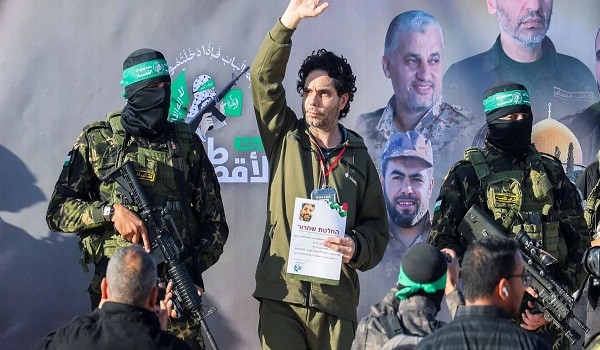
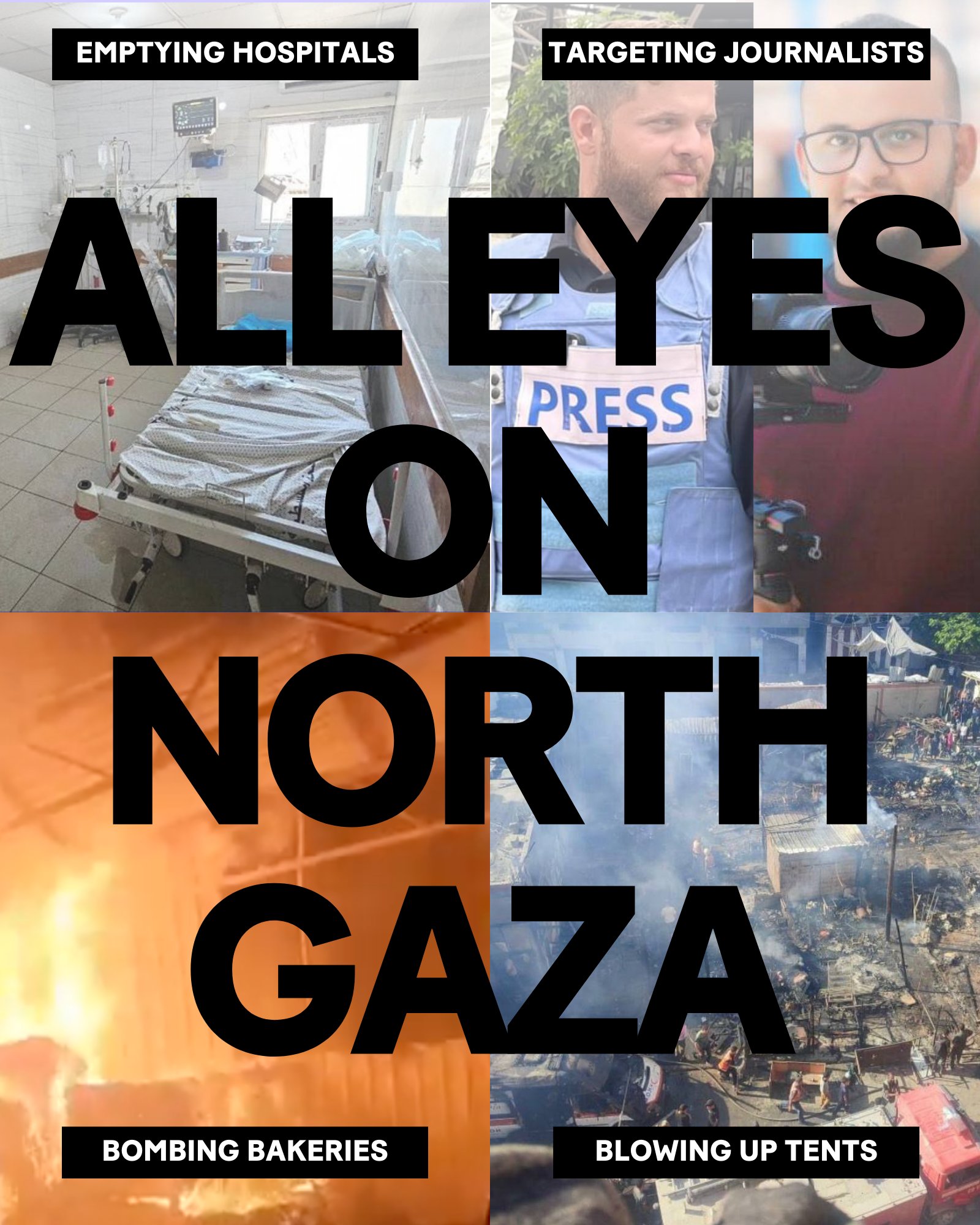
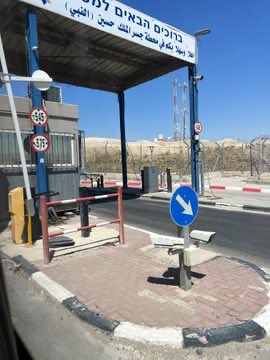
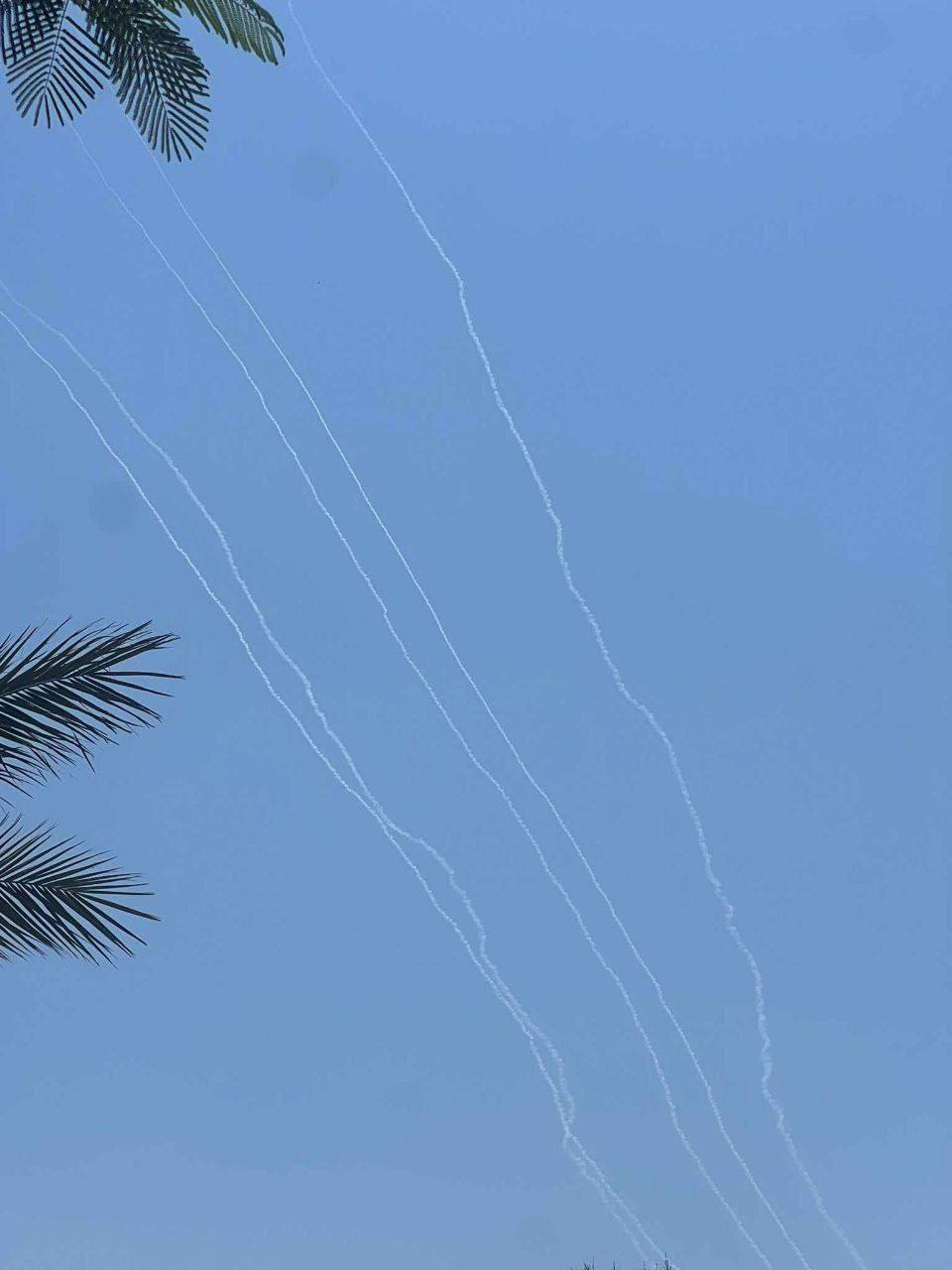
 . Their determination strong
. Their determination strong  !
!

 (@smah_Al_Rw)
(@smah_Al_Rw) 